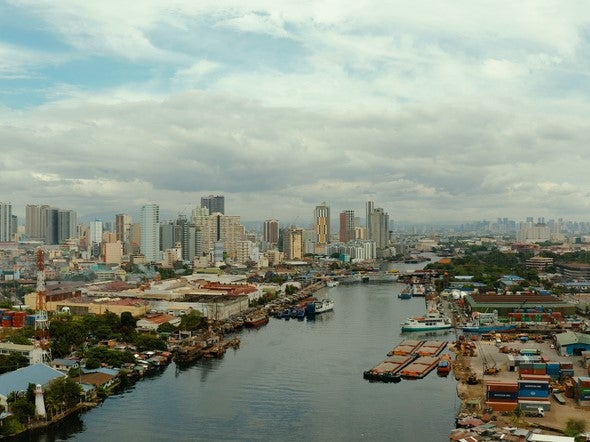More than 1,000 waterways account for 80 per cent of river plastic in world’s ocean, new study finds
I previously thought most of the waste came from just a handful of rivers, Colin Drury writes


It has been a mainstay of environmental thinking for the last four years.
In 2017 two separate studies found that almost all river-borne plastic in the world’s oceans came from just a handful of waterways.
One study said 10; the other 20. What they both agreed on, however, was that if you could clean up that small number of major continental rivers – such as the Nile and Amazon – it would almost single-handedly help to rid the planet’s seas of plastic.
Not so, it seems.
A new study, published on Friday, has found that in fact 80 per cent of plastic waste in the world’s oceans actually comes from more than 1,000 rivers. “We estimate … small urban rivers among the most polluting,” it says.
Indeed, the world’s most plasticised waterway, it says, is the Pasig: a tiny slip of a thing at just 16 miles long – but which runs through Manila, the dense, throbbing capital of the Philippines which is home to some 14 million people.
By contrast, monsters such as the Ganges or Yangtze were found to have proportionately less plastic reaching the seas – because much of the waste dropped thousands of miles upstream, it is now believed, never actually makes it to the mouth.
The new conclusions came after greater data became available leading scientists – many of whom had worked on those 2017 studies – to recalibrate their thinking.
The new modelling takes into account the effects of rainfall, wind currents and terrain on moving the plastic from river to sea as well as the surrounding environment: plastic flows more easily into rivers from paved urban areas, for instance, than it does in forests, and travels farther in rainy climates than dry ones.
The researchers – who published their work in the Science Advances journal – also took into account the proximity of landfills and dump sites to river banks, and concluded that those within six miles of rivers are likely to spill into them.
Lourens Meijer, lead author and head of data at the Ocean Cleanup social enterprise, said: “One big difference from a few years ago is we don’t consider rivers mere conveyor belts of platsics.
“If you put plastic into the river hundreds of kilometers from the mouth, it doesn’t mean that that plastic will end up in the ocean.”



Join our commenting forum
Join thought-provoking conversations, follow other Independent readers and see their replies
Comments